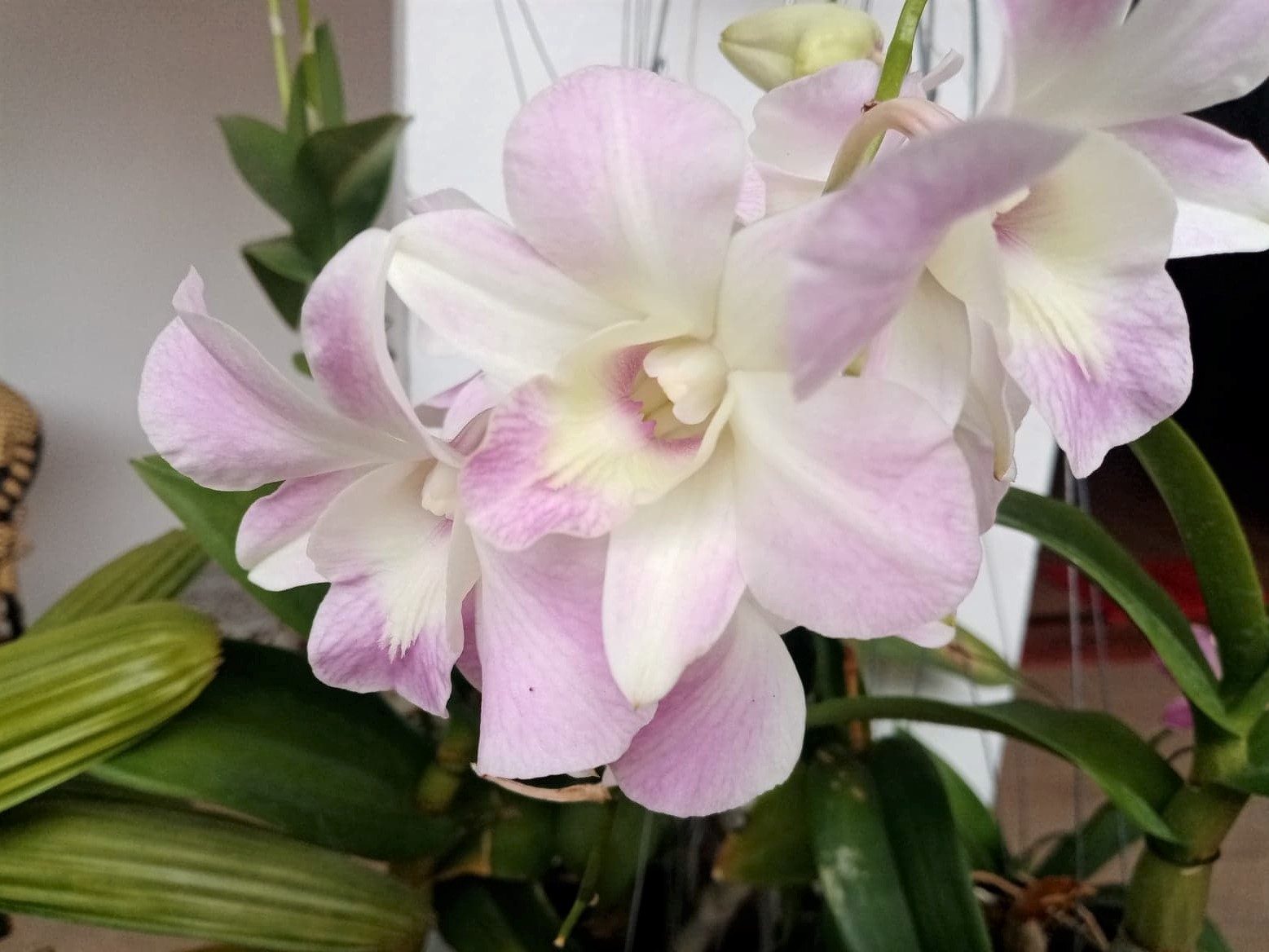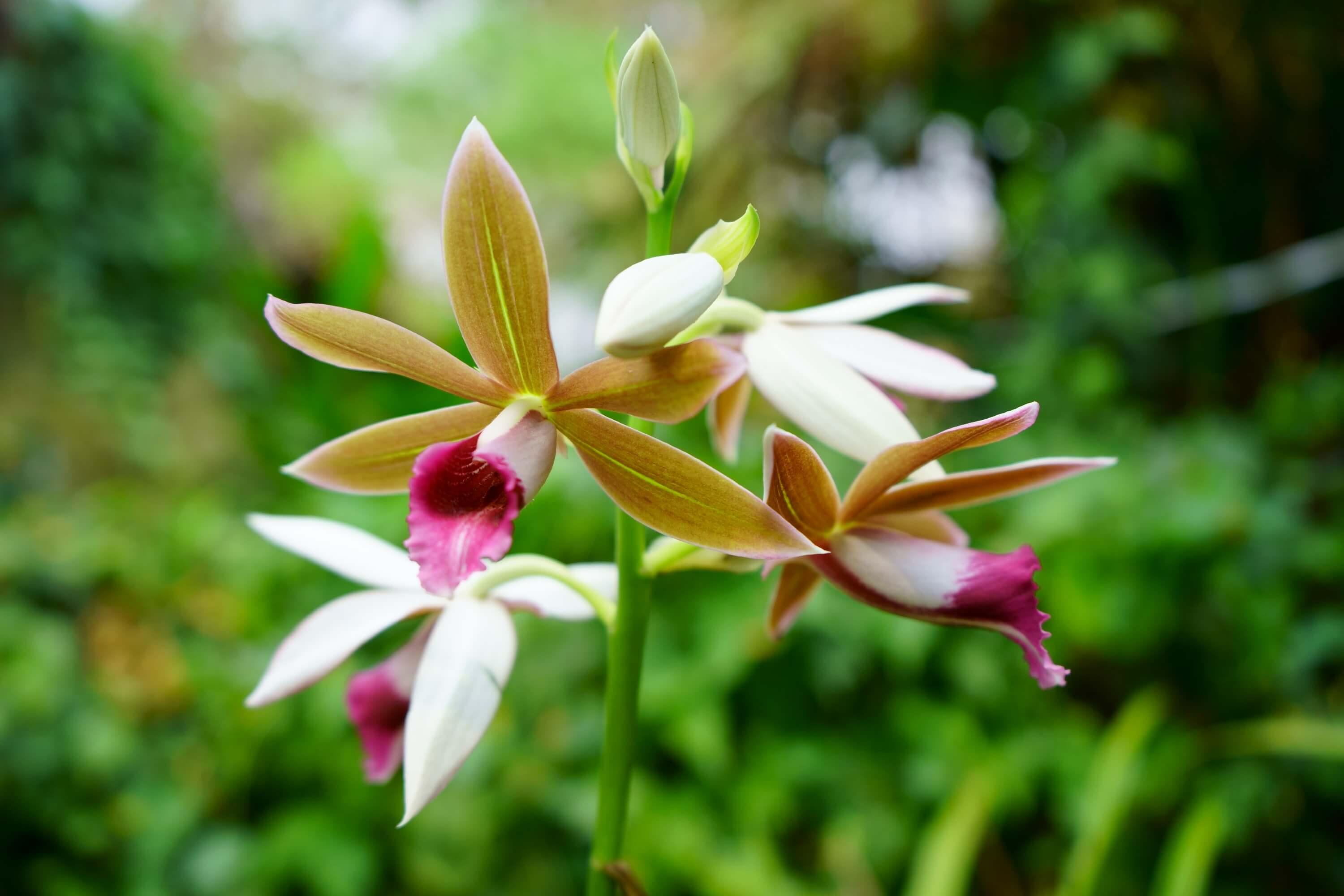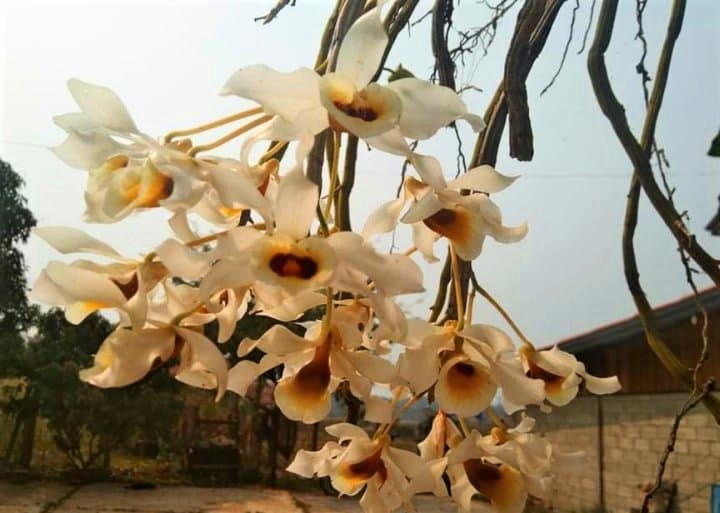Phalaenopsis Orchid Care
Phalaenopsis orchids, also known as moth orchids, are one of the most popular types of orchid's and are an excellent introduction to the world of orchid growing. Phalaenopsis orchid care is relatively easy, and they can produce beautiful blooms for months at a time. These beautiful flowering plants are native to tropical regions of Southeast Asia and can be easily grown indoors with the right care. If you are thinking about adding a Phalaenopsis orchid to your home, here are some tips on how to care for it:
Ideal Temperature
Phalaenopsis orchids prefer warm temperatures, between 70°-85°degrees Fahrenheit. They can tolerate some cooler temperatures, especially just prior to the flowering season. Adjusting the temperature in your orchid growing room so that night time temperatures drop into the low to mid fifties Fahrenheit about a month prior to the normal flowering season will often help trigger your Phalaenopsis to rebloom.
They do not tolerate sudden temperature changes, so it is important to avoid placing them near drafty windows or doors.
Watering and Fertilizing
Overwatering is a common mistake in Phalaenopsis orchid care that new orchid owners often make. They require a well-draining growing medium and should be watered only when the potting mix is almost completely dry. You can test the moisture level by sticking your finger about an inch into the potting mix. If it feels dry, it is time to water. In time you will be able to know by the weight of the orchid in its container as to whether it needs water or not. It is important to avoid getting water on the leaves or flowers, as this can cause damage or rot. When watering, it is best to use room temperature or lukewarm water.
Phalaenopsis orchids should be fertilized weakly with a 1/4 strength solution once a week on a regular basis. Use a non-urea based fertilizer that is specifically designed for orchids. Be sure to follow the directions on the fertilizer label.
Lighting Conditions
Phalaenopsis orchids require moderate to bright, indirect light. They should be placed near a window that receives filtered sunlight or under artificial grow lights. They are more tolerant of lower levels of light than other orchids.
Direct sunlight can cause the leaves to burn, so it is important to protect the plant from intense sunlight. If your plant is not receiving enough light, it may produce fewer flowers or no flowers at all.
Phalaenopsis orchids also appreciate high humidity levels. If the humidity in your home is low, you can increase it by placing the orchid in a pebble tray or by using a humidifier.
Growing Media
Phalaenopsis orchids are typically grown in a potting mix that is made for growing orchids and usually consists of either bark, or a combination of bark, sphagnum moss and perlite. This type of potting mix allows the roots to breathe and prevents them from rotting.
Repotting: Phalaenopsis orchids should be repotted every one to two years, depending on the size of the plant and the pot. When repotting, use a well-draining orchid mix, such as a bark-based mix. Gently remove the plant from the old pot and carefully remove any dead or damaged roots. Place the plant in the new pot, making sure the roots are spread out evenly. Water the plant lightly after repotting.
Flowering Period
Phalaenopsis orchids typically bloom in the spring and summer. However, they can sometimes bloom at other times of the year. The length of time that an orchid blooms will vary depending on the variety of orchid and the care that it receives.
Pests and Disease
Phalaenopsis orchids are generally resistant to pests and diseases, but they can still be affected by some common problems. Overwatering can cause root rot, while underwatering can cause the leaves to become dry and brittle. Mealybugs, scale insects, and spider mites can also affect these plants. To prevent these problems, it is important to maintain good hygiene by removing any dead or damaged leaves, avoiding overcrowding, and regularly inspecting your plant for pests.
Phalaenopsis Orchid Care Synopsis
Here are some additional tips on Phalaenopsis orchid care:
- Repot your orchid every two to three years, or when the potting mix starts to break down.
- When repotting your orchid, be sure to use a pot that is only slightly larger than the current pot. Oversized pots can lead to root rot.
- Trim any dead or damaged leaves.
- Trim any dead or withered roots yl
- Mist the leaves of your orchid with water occasionally to increase humidity.
- When watering your orchid, be sure to use lukewarm water. Cold water can shock the plant.
- Avoid using tap water on your orchid, as it may contain chemicals that can harm the plant. Instead, use rainwater, filtered, bottled water or reverse osmosis.
- Fertilize your orchid according to the directions on the fertilizer label. If the directions on your label are for once monthly feedings, then use one quarter of the recommended dosage to 1 gallon of water and water/fertilize on a weekly basis. Overfertilizing can be harmful to the plant.
- Watch for pests and diseases and treat them promptly if they occur. Some common pests that can attack orchids include mealybugs, scale, and aphids. Some common diseases that can attack orchids include root rot, crown rot, and leaf spot.
In conclusion, Phalaenopsis orchids are beautiful and relatively easy to care for. With the right lighting, temperature, watering, fertilizing, and repotting, your plant can thrive and produce stunning flowers for years to come. By following these tips, you can enjoy the beauty of these tropical plants in your home or office.


